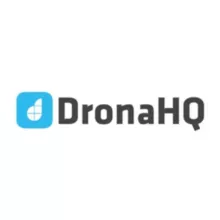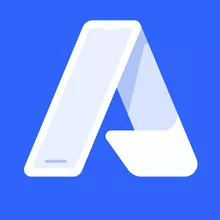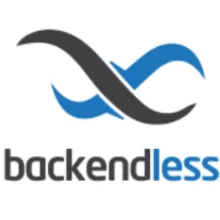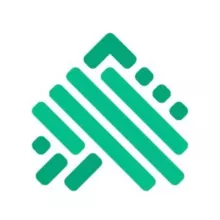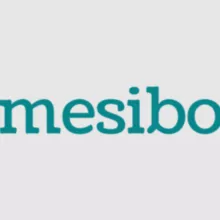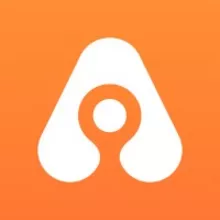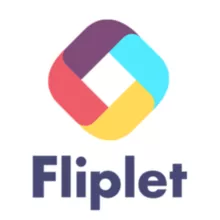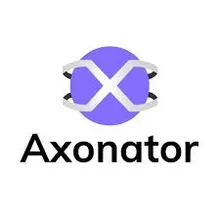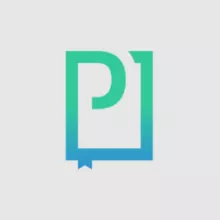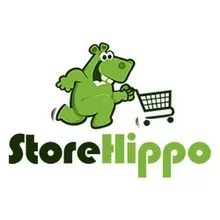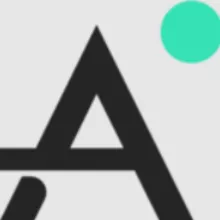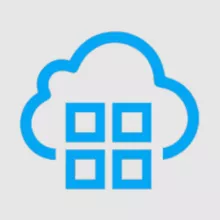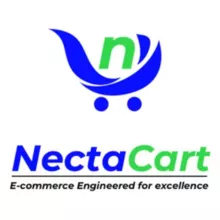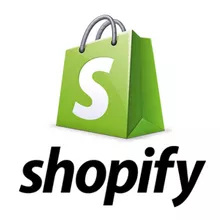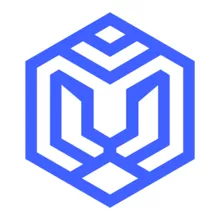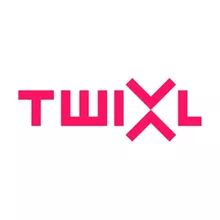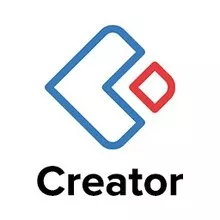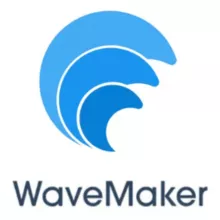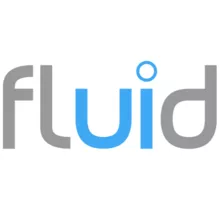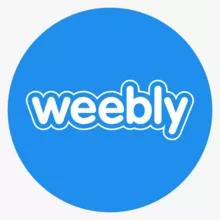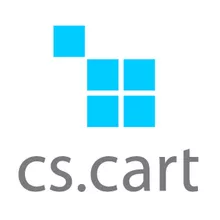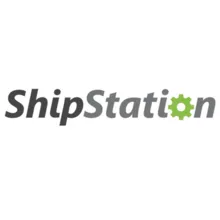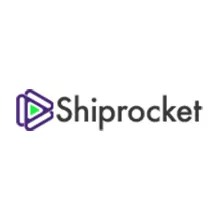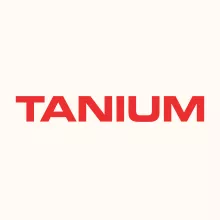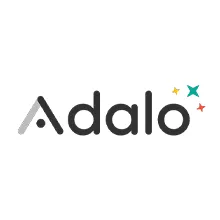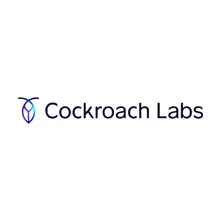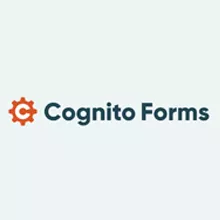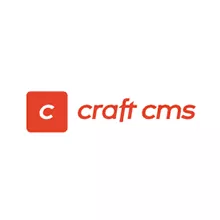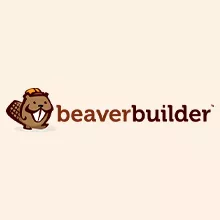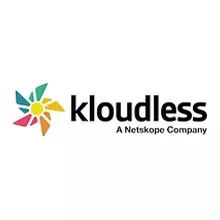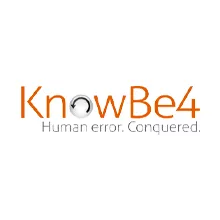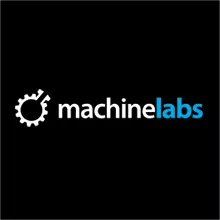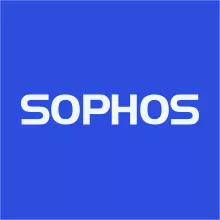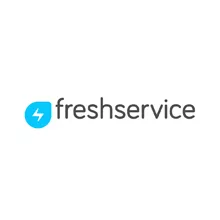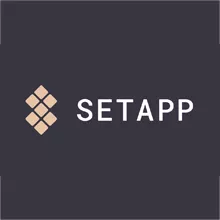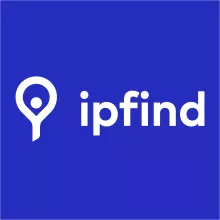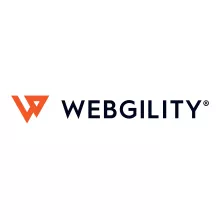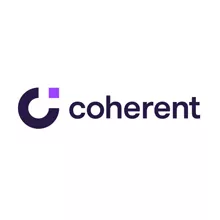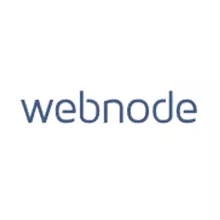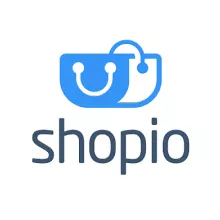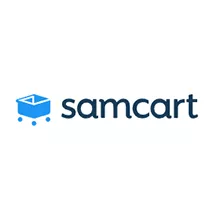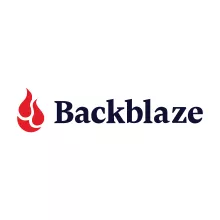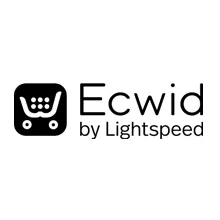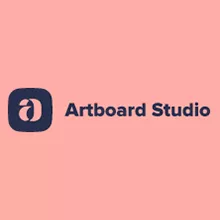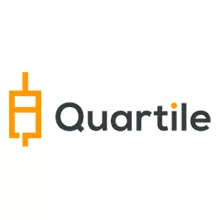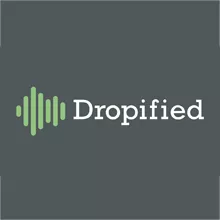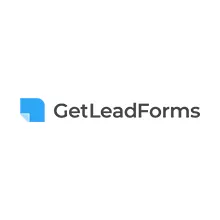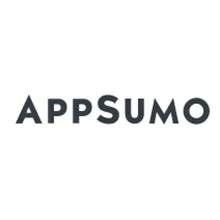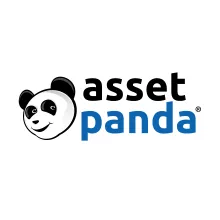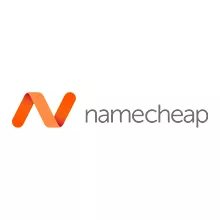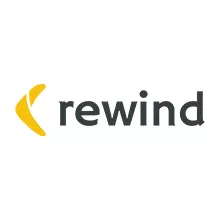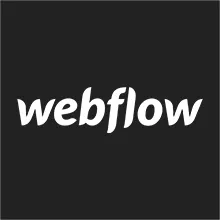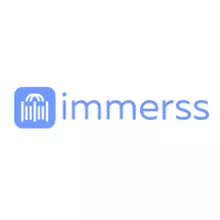Internal app builder with low code
A collection of cloud-based services referred to as Platform as a Service, or PaaS , enables business users and developers to develop applications more quickly than they can with on-premise alternatives. Because it's a cloud-based service, users don't have to worry about setting up and maintaining servers, patching, upgrading, authenticating, and other related tasks. They can instead focus on offering the best user experience. PaaS also offers various other services, including design and workflow tools and extensive APIs, all intending to assist business users and developers in developing user-friendly apps. The companies that put their customers' demands first in today's market are the most successful ones. One simple method to make it happen is offering user-friendly web applications and services that enable high-quality service and support. So why would a company developing apps choose a platform as a service rather than setting up the necessary infrastructure on-site?
What distinctions may be made between PaaS, IaaS, and SaaS?
One of the three basic types of cloud computing services is PaaS. The other two significant cloud computing sub-categories are software as a service (SaaS) and infrastructure as a service (IaaS):
- With IaaS, a provider also provides the hypervisor, virtualization layer, fundamental compute storage, and networking infrastructure. Then, users must build virtual machines (VMs) and containers, set up operating systems, support software and data, and perform all necessary setup and management. IaaS services include, but are not limited to, DigitalOcean, AWS, Azure, and Google Compute Engine.
- In contrast to IaaS, PaaS allows a provider to offer more of the application stack by integrating OSes, middleware, and other runtimes into the cloud environment. AWS Elastic Beanstalk and Google App Engine are examples of PaaS products.
- With SaaS, a supplier provides the full stack of applications. Users need to only log in to start using the application, which the service provider entirely hosts. SaaS programmes are typically fully available using an internet web browser. SaaS providers oversee the workload of the application and any supporting IT resources; consumers only have access to the data that the SaaS application generates. Salesforce, Dropbox, and Google Workspace are other SaaS examples.
What process does PaaS follow?
PaaS does not take the place of a company's whole IT infrastructure when developing software. Instead, it is offered through the hosted infrastructure of a cloud service provider. Users use web browsers to access the services most frequently. PaaS can be used to supply services like Java development and application hosting through public, private, and hybrid clouds. Users typically pay for PaaS on a per-user basis. Other providers, on the other hand, charge a predetermined monthly subscription for access to the Platform and its applications.

